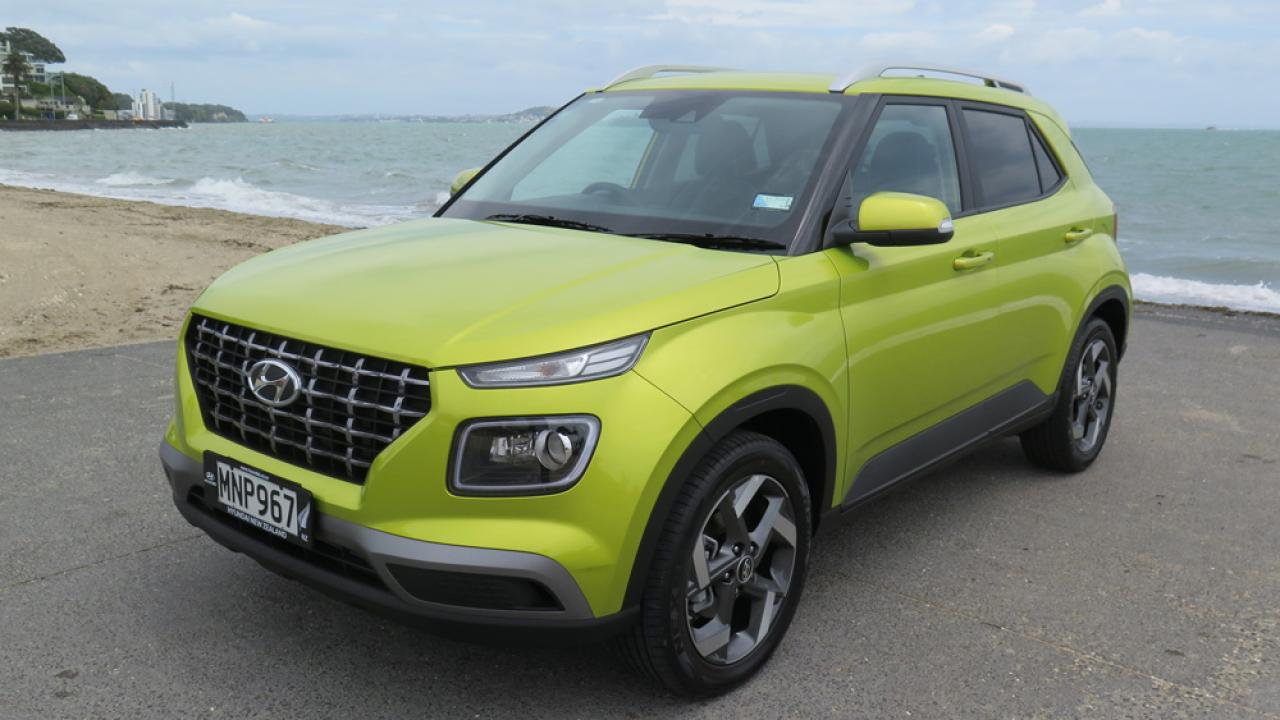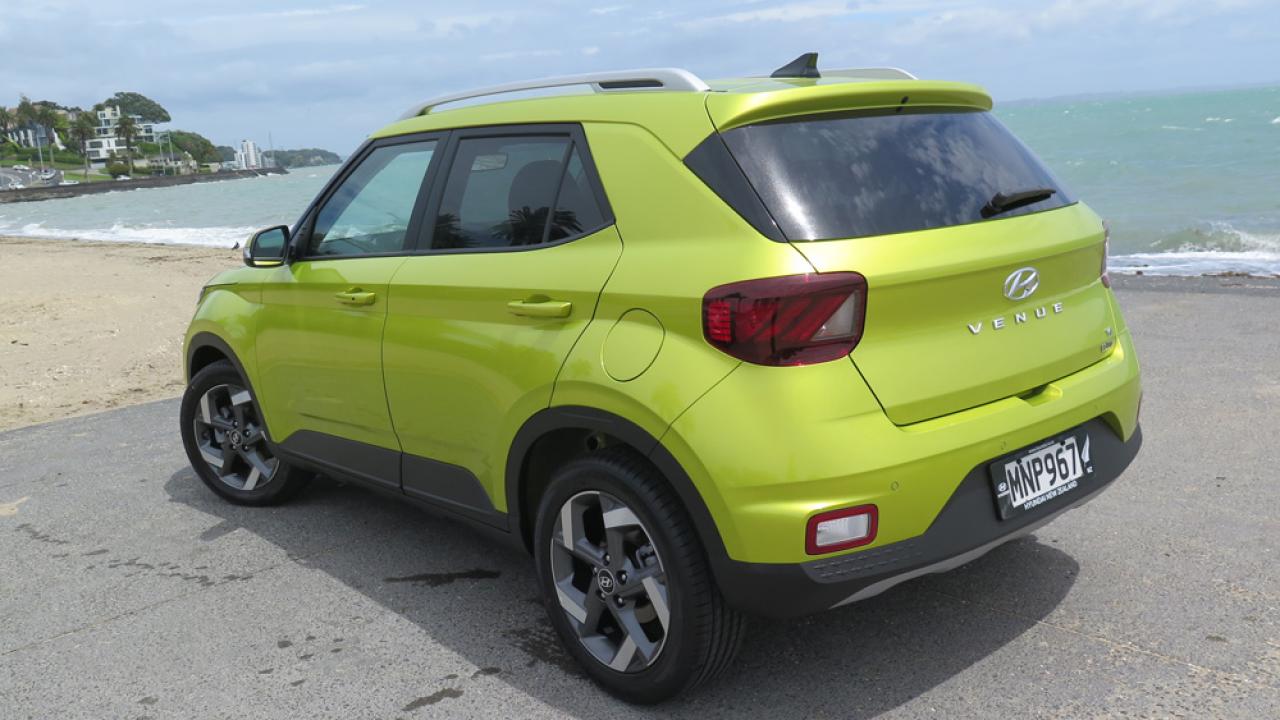The Australian arm of the company cited two factors – that Australia doesn’t use Euro-style ISOFIX child seats, which bolt the child seat to the car’s structure and remove any chance to incorrectly fit the seat or fasten it too loosely, and the absence of cyclist protection from the automatic braking system.
Australia’s product planner indicated that the company already knew the car would lose a star via the Isofix situation, and therefore decided not to include the slightly pricier auto braking set-up which would recognize cyclists, and which is also required for a five-star rating.
Whether you admire Hyundai’s cost-benefit planning or would prefer to see cyclists as well protected in Australia as they would be in Europe, as a driver or a passenger over the 147cm height below which children should use booster seats, ISOFIX is immaterial, and you’ll be as well protected as you would be in a similar five-star car.
Otherwise there’s a lot to like about Venue, which now becomes Hyundai’s entry-level SUV below Kona, Tuscon and Santa Fe – next year’s Palisade will complete its SUV line-up. It arguably also competes against the declining market for small passenger cars – it’s actually 40mm shorter than Hyundai’s i20, but 35mm wider, and incorporates good headroom, and a generous boot for its footprint, at 355 litres – the Hyundai boffins, expecting the global market to be younger than is likely here in NZ, equate that to 91,852 guitar picks...
Wherever it sells, it’s aiming at folk seeking something a bit trendy, fairly highly specced and maneuverable – it’s likely to be an urban or semi urban choice. Most buyers will only need two-wheel-drive, but might sometimes like the added grip of 4WD, so there’s a traction mode allowing the driver to select Snow, Sand or Mud options, which will reset the ECU controlling the engine’s torque delivery, the brakes and traction control at speeds up to 80km/h to reduce the risk of wheelspin or slip. Hyundai says in theory it could send all the power to a single wheel, if just one tyre has grip, which – along with 20mm of extra ground clearance – makes it more useful to ski bunnies than the likes of Hyundai’s i20 hatch.
Tech lovers will note the entry-level Venue includes features such as 15-inch alloy wheels, Collision Avoidance Assist among its suite of safety features, auto headlights, rear park assist and a reversing camera, cloth trim for the six-way manually adjusted seats, plus an eight-inch touch screen audio with Apple CarPlay and Android Auto,
Pay an additional $4K over the entry model for the Elite, which adds 17-inch wheels, additional safety features, LED headlights in place of Halogen with a static bending feature, that two-tone roof option, part leather trim, a heated steering wheel – don’t knock it until you’ve had an early winter commute – a centre storage console an auto air conditioning. And of course the piece de resistance, a connected car platform which allows you to control functions like start, locking or the air con from your smartphone.
Hyundai’s research suggests its 1.6-litre engine is larger than the class average, but it was understressed for the first, purely city part of our drive, though several stops to admire blustery views let us also admire the car’s strong design, best appreciated in two-tone or one of the stronger of the 11 colour options – our fave being the bright yellow-lime.
Slow motorway traffic and a fair bit of suburban running suggested a great transmission-motor pairing, though our too-few opportunities to accelerate hinted that it could do with a whisker more power. ‘Sport’ mode addressed this somewhat: the car also has Normal and Eco options.
The launch took us across to Waiheke Island for some tighter turns – albeit at a relaxed pace – some steeper stretches and a couple of gravel stints, all of which were dispatched capably, though we look forward to a test vehicle for a stint on familiar roads, and at less busy times so we can stretch its legs a tad. We can confirm, meanwhile, that it’s at home whipping around urban environs.
Passenger cars and SUVs around this size sell to a similar age and gender demographic – primarily women over 40, who like autos rather than CVTs and are happy to experiment with colour, so Venue comes not only with plentiful colour choices, but Elite buyers can spend an additional $790 to add a black or white contrast roof.
New Zealand’s passenger-car market has seen a steady decline in recent years, while SUV and ute numbers increase year on year. Adding another to the mix will make a buyer’s choice that much harder, but will guarantee an additional group of purchasers have reason to consider Hyundai.
|
At a glance |
|
|
Model |
Hyundai Venue 1.6 Entry, 1.6 Elite |
|
Engine |
1.6-litre 16-valve four-stroke petrol |
|
Price |
$29,990 Entry, $33,990 Elite |
|
ANCAP safety rating |
4 |
|
Power and Torque |
90kW at 6300rpm, 151Nm at 4850rpm |
|
Transmission |
CVT auto |
|
Fuel economy |
7.2l/100km |
|
Towing capacity |
800kg |
|
2WD/4WD/AWD |
2WD front wheels |
|
Seating capacity |
5 (but best suited to 4) |
|
Luggage capacity/payload |
355 litres |
Safety systems
- Forward Collision Avoidance Assist
- Lane Keep Assist
- Auto headlights
- Reversing camera with rear park assist
- Bluetooth hands-free phone
- Cruise control
- Rear Cross Traffic Collision Warning (Elite only)
- Blind Spot Warning (Elite only)







